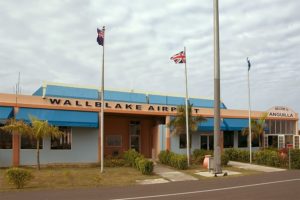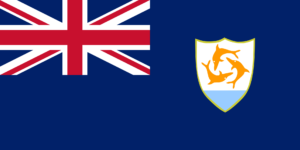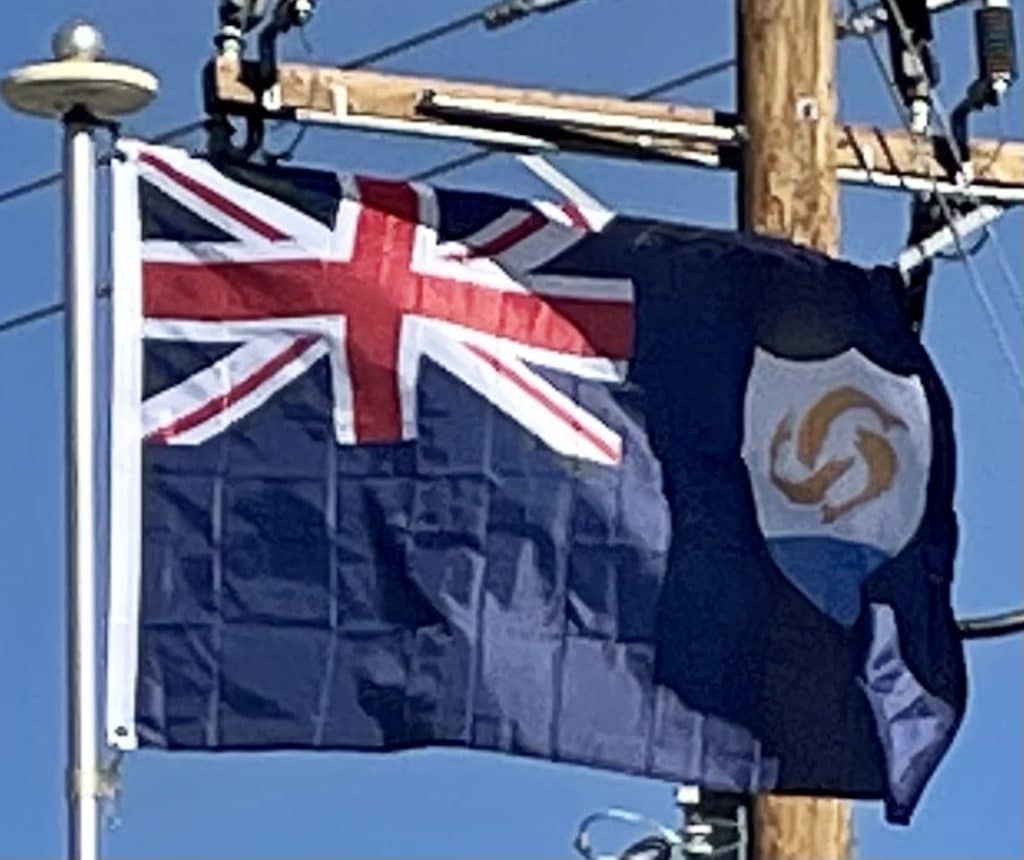Anguilla’s financial system comprises seven banks, two money services businesses, more than 40 company managers, more than 50 insurers, 12 brokers, more than 250 captive intermediaries, more than 50 mutual funds and eight trust companies.
Anguilla has become a popular tax haven, having no capital gains, estate, profit, sales, or corporate taxes. In April 2011, faced with a mounting deficit, it introduced a 3% “Interim Stabilisation Levy”, Anguilla’s first form of income tax. Anguilla also has a 0.75% property tax.
Anguilla aims to obtain 15% of its energy from solar power to become less reliant on expensive imported diesel. The Climate & Development Knowledge Network is helping the government gather the information it needs to change the territory’s legislation, so that it can integrate renewables into its grid. Barbados has also made good progress in switching to renewables, but many other Small Island Developing States are still at the early stages of planning how to integrate renewable energy into their grids. “For a small island we’re very far ahead,” said Beth Barry, Coordinator of the Anguilla Renewable Energy Office. “We’ve got an Energy Policy and a draft Climate Change policy and have been focusing efforts on the question of sustainable energy supply for several years now. As a result, we have a lot of information we can share with other islands.”
Transportation:
Anguilla is served by Clayton J. Lloyd International Airport (prior to 4 July 2010 known as Wallblake Airport). The primary runway at the airport is 5,462 feet (1,665 m) in length and can accommodate moderate-sized aircraft. Services connect to various other Caribbean islands via local charter airlines and others. Although there are no direct scheduled flights to or from continental America or Europe, Tradewind Aviation and Cape Air provide scheduled air service to San Juan, Puerto Rico. The airport can handle large narrow-body jets such as the Boeing 727, Boeing 737 and Airbus 220.

Aside from taxis, there is no public transport on the island. Cars drive on the left.
There are regular ferries from Saint Martin to Anguilla. It is a 20-minute crossing from Marigot, St. Martin to Blowing Point, Anguilla. Ferries commence service from 7:00 am. There is also a charter service, from Blowing Point, Anguilla to Princess Juliana Airport to make travel easier. This way of travel is the most common method of transport between Anguilla and St. Martin.
Flag of Anguilla:
The national flag of Anguilla, a British overseas territory, consists of a Blue Ensign with the British flag in the canton, charged with the coat of arms of Anguilla in the fly. The coat of arms consists of three dolphins in a circular formation, which were featured on the earlier Anguillan flag, and which stand for friendship, wisdom and strength. The white in the background stands for peace, and the light blue represents the sea, as well as faith, youth, and hope.

The flag is Anguilla’s third flag other than as part of Saint Christopher-Nevis-Anguilla. The island’s first flag was a red flag featuring the name of the island in yellow and two mermaids inside a blue oval. Variants to this flag were also widely used, with some substituting red for purple and some not bearing the name of Anguilla.

